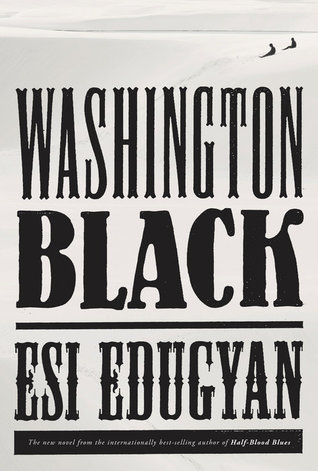I’m currently writing a novel set in 1960s Detroit, so I’ve been reading widely about this time and place. Two of my fiction finds are reviewed here. Watch for a future post on social histories of Detroit.
We Hope for Better Things Erin Bartels (2019)
Interracial relationships are the theme of Erin Bartels’ multi-century historical novel. In the present-day chapters, white Detroit journalist Elizabeth Balsam, following up on a lead about unpublished photos of the 1967 Detroit riots, ends up at her great-aunt Nora’s farmhouse in Lapeer, about an hour’s drive north of the city. Elizabeth slowly uncovers information about Nora’s romance with an African American man in the turbulent Detroit of the 1960s; readers get this backstory in separate chapters.
Yet another layer of Elizabeth’s family history is revealed in chapters set in Lapeer in 1861, when the farmhouse was a stop for slaves fleeing on the Underground Railroad. I had to pay close attention to keep all the characters straight, but I appreciated all the local color and period detail in Bartels’ writing, as she places her characters at watershed moments of history, such as the June 1963 speech by Rev Martin Luther King, Jr, in Detroit. And that title? It’s from the motto for the city of Detroit: Speramus meliora; resurget cineribus. “We hope for better things; it will rise from the ashes.”
Beautiful Music Michael Zadoorian (2018)
If you’re familiar with the arcana of hard rock in the early 1970s (and I mean way beyond just MC5 and Iggy Pop), you’ll probably love this novel. That’s not my music, so I skimmed over the many references to bands and radio disc jockeys and album covers. I read the book instead for the touching story of a high school freshman at Redford High School, on Detroit’s far northwest side, in a period of increasing racial tension and violence in the city.
Danny Yzemski is a sweet, shy kid who’s bullied in school and beleaguered at home. His coming-of-age is aided by his discovery of the transformative power of music. He demonstrates that if you find the tracks that speak to you, the music can make all the difference in your survival. One chapter is aptly titled “Music Soothes the Savage Brain.” The detailed descriptions of Danny’s neighborhood along the Grand River corridor—the routes he took, the stores he frequented—re-create the era precisely. Even the breakfast cereals that Danny eats are authentic to the period. For vintage Detroit flavor, tune in to Beautiful Music.
Click here for a radio interview with author Michael Zadoorian.


























